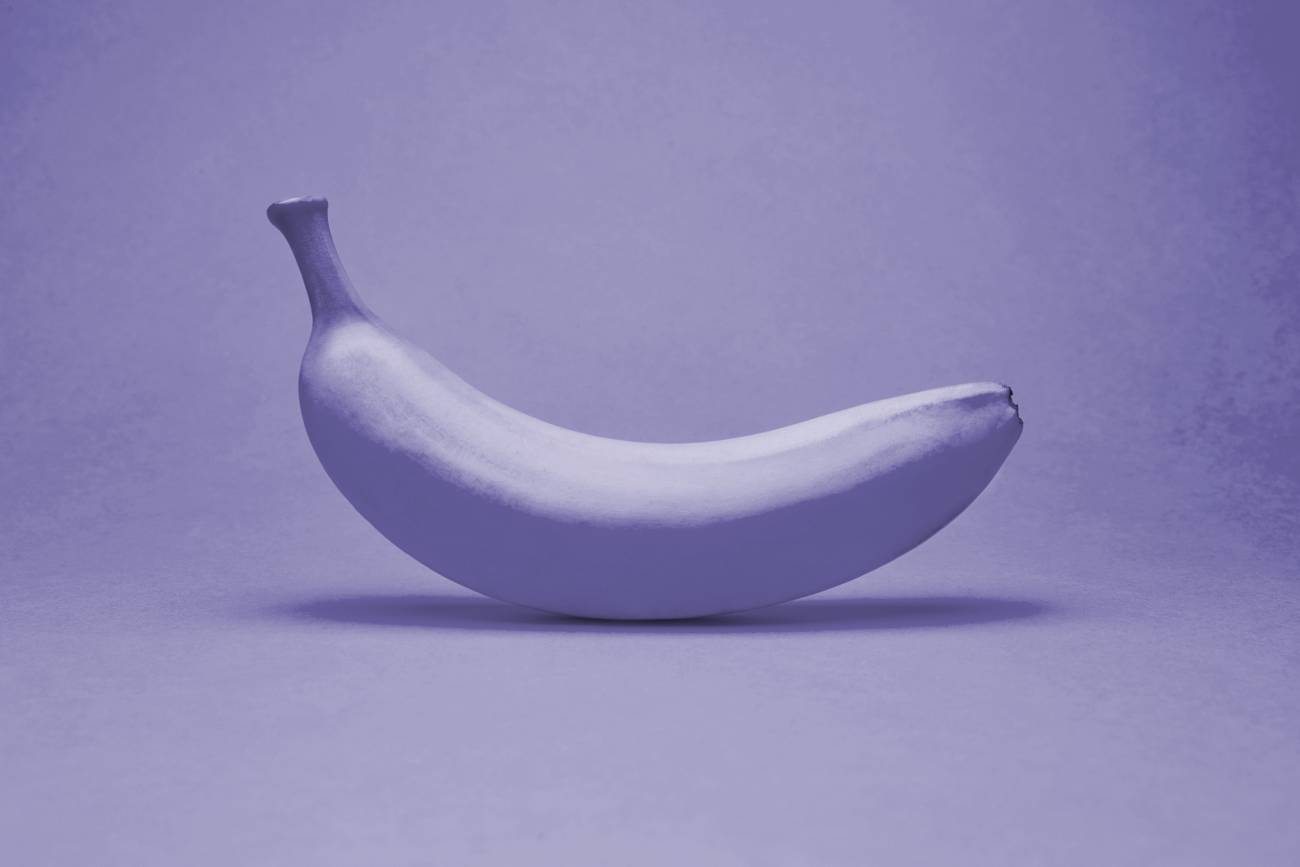
What causes people to judge a person by the way they look?

People's tendency to judge others based on their appearance is influenced by a combination of psychological, cultural, and evolutionary factors. Here are some key points that explain this phenomenon:
Pre-existing Beliefs and Cultural Influences
People form impressions of others' personalities from facial features, but these impressions are significantly shaped by their own pre-existing beliefs about how personality traits are related. For example, if someone believes that competence and friendliness often co-occur in personalities, they are more likely to see these traits in faces that they perceive as having similar features13.
Cultural Messages and Stereotypes
Cultural messages and stereotypes play a crucial role in shaping these impressions. People are exposed to consistent face-trait associations through media, cultural rituals, and interactions with others. For instance, certain facial features may be associated with traits like intelligence, trustworthiness, or aggression based on cultural norms and stereotypes3.
Evolutionary and Biological Factors
While some researchers argue that these associations could be innate, others suggest that they are learned through cultural exposure. For example, the association between wearing glasses and intelligence is a learned trait, as glasses have not been around long enough for genetic evolution to influence this perception3.
Unconscious Processing
Our unconscious mind quickly processes available data, including facial features, to form a more complete picture of a person. This process happens rapidly, often within a few hundred milliseconds, and is influenced by our past experiences and cultural background13.
Inaccuracy of Judgments
Despite the rapid formation of these impressions, research indicates that judgments based on facial appearance are often inaccurate. Studies have shown that people are wrong a significant percentage of the time when trying to determine personality traits from selfies or other facial images23.
Personal and Idiosyncratic Impressions
First impressions can also be idiosyncratic, meaning they vary between individuals based on their unique experiences. For example, someone might attribute kindness to a stranger who resembles a kind figure from their past3.
Social and Psychological Biases
Social and psychological biases, such as racial stereotypes and the "what-is-beautiful-is-good" stereotype, further complicate the process. These biases can lead to distorted impressions that do not reflect the actual traits of the person being judged3.
In summary, people judge others by their appearance due to a complex interplay of pre-existing beliefs, cultural influences, learned associations, and unconscious processing, despite the fact that these judgments are frequently inaccurate.